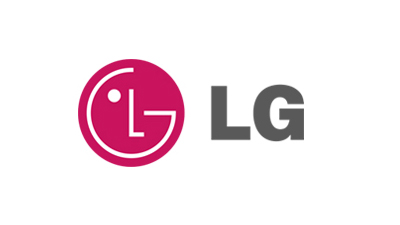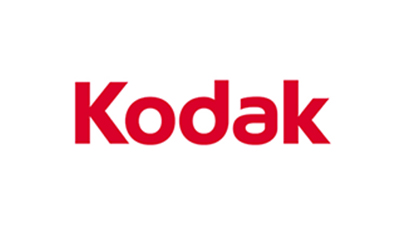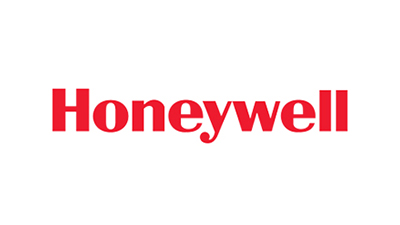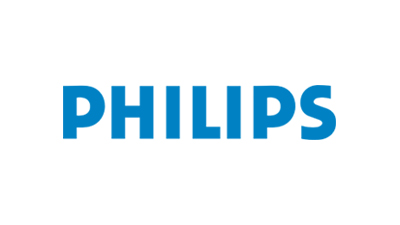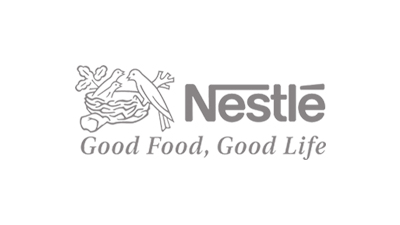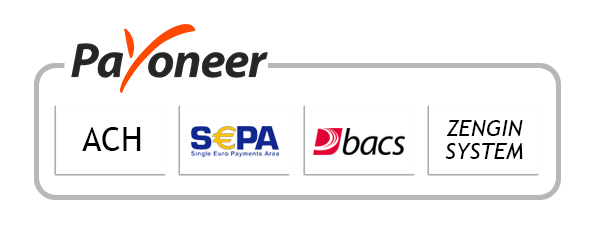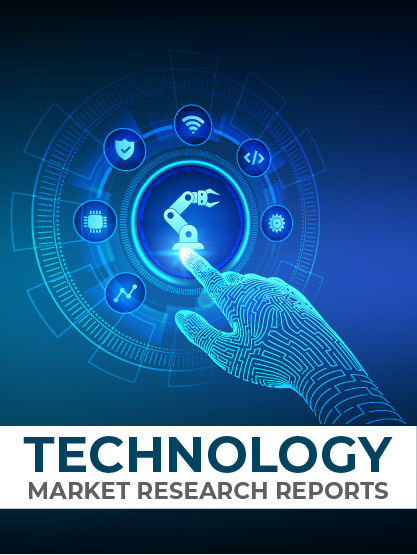
-
Report ID 135144 -
Published Date 17-Oct -
Delivery Format PDF/PPT/Word -
Editor's Rating
-
Report Details
Enterprise asset management (EAM) is a comprehensive approach to managing an organization’s physical assets, including both tangible assets such as buildings and equipment, and intangible assets such as intellectual property. An effective EAM program can help an organization improve asset utilization and performance, while reducing costs. A well-designed EAM system can provide visibility into an organization’s asset portfolio, allowing for better decision-making about when and how to deploy those assets. EAM systems typically include features for tracking asset location, maintenance history, and other relevant data.
The Enterprise Asset Management (EAM) market size is expected to grow at a Compound Annual Growth Rate (CAGR) of 8.8% during the forecast period, to reach USD 5.6 billion by 2026 from USD 3.4 billion in 2020.
The EAM market will grow largely due to the following factors: enterprises are shifting from legacy asset management methods to more modern asset management. SaaS-based EAM platforms and devices are increasingly used to manage enterprise assets. Overheads can be eliminated due to compliance. Convergence of technologies, such as IoT, analytics and AI is reduced. End users also use mobile devices more frequently.
Request a Sample Report to learn more about the assumptions used in the study.
Market Dynamics
Drivers: Increased use of IoT platforms to manage enterprise assets
With the introduction of new and supplementary technologies, the EAM market is undergoing a major transition. The demand for EAM systems has grown with the advent of Industrial Internet of Things (IIoT). IoT allows remote sites to be monitored and procure data. These data can be useful when integrated with EAM systems, as they help in inferring valuable information.Restraints: Implementation problems for companies with different operational structures
In recent years, EAM has developed as an operational platform. EAM has been implemented successfully by many organizations, but not all. This is due to a significant gap between customer expectations, and the solutions actually delivered. Implementing EAM in organizations with diverse functional areas can be a complex and difficult task. Asset managers need to be familiar with the work processes and components of assets or other components that could be altered during implementation. This will help avoid complications. The EAM system impacts people, processes, technologies, and everyone in between. It is therefore important to understand all of these entities before implementing an EAM system. Because the EAM system has multiple impacts on different systems and processes, cross-functional coordination is essential.Enterprise Asset Management Market Scope:
By type, the market is segmented into Cloud-Based EAM, and On-Premises EAM. By application, the market is divided into Small Enterprise and Large Enterprise.
Based on geography, the market is analyzed across North America, Europe, Asia-Pacific, Latin America, and the Middle East and Africa. Major players profiled in the report include Oracle Corporation, IBM Corporation, SAP AG, IFS, ABB Ltd, Invensys Ltd, Fujitsu Ltd, CGI Group, MicroMain, eMaint, and AssetWorks.
Table: Years considered for the study:
Details Report Attribute 2016-2020 Historical Years 2021 Base Year 2022 Estimated Year 2028 Short Term Projection Year 2023 Projected Year 2032 Long Term Projected Year Key Market Segments
TypeCloud Based EAM
On-Premises EAM
Application
Small Enterprise
Large Enterprise
Key Market Players included in the report:
Oracle Corporation
IBM Corporation
SAP AG
IFS
ABB Ltd
Invensys Ltd
Fujitsu Ltd
CGI Group
MicroMain
eMaint
AssetWorks
Recent Developments
IBM and Atos teamed up in January 2021 to accelerate digital transformation within enterprises using AI and RedHat Open Shift technology. This collaboration provides solutions for asset management, asset monitoring, MRO optimization, SMART waste/energy optimization, packaging, transport, and logistics optimization to end users.SAP Learning Hub was launched by SAP in February 2021 for its partners. They combine all of the learning content needed by their partners.
Reasons to Get this Report:
In an insight outlook, this research report has dedicated to several quantities of analysis industry research (global industry trends) and Enterprise Asset Management Market share analysis of high players, along with company profiles, and which collectively include the fundamental opinions regarding the market landscape; emerging and high-growth sections of Enterprise Asset Management Market; high-growth regions; and market drivers, restraints, and also market chances.The analysis covers Enterprise Asset Management Market and its advancements across different industry verticals as well as regions. It targets estimating the current market size and growth potential of the global Enterprise Asset Management Market across sections such as also applications and representatives.
Additionally, the analysis also has a comprehensive review of the crucial players in the Enterprise Asset Management Market together side their company profiles, SWOT analysis, latest advancements, and business plans.
The analysis objectives of the report are:
To equitably share in-depth info regarding the crucial elements impacting the increase of industry (growth capacity, chances, drivers, and industry-specific challenges and risks).
To know the Enterprise Asset Management Market by pinpointing its many subsegments.
To profile the important players and analyze their growth plans.
To endeavor the amount and value of Enterprise Asset Management sub-markets, depending on key regions (various vital states).
To analyze Enterprise Asset Management Market concerning growth trends, prospects, and also their participation in the entire sector.
To examine and study the Enterprise Asset Management Market size (volume & value) from the company, essential regions/countries, products, and application, background information from 2015 to 2020, and also prediction to 2031.
Primary worldwide Enterprise Asset Management Market manufacturing companies, to specify, clarify and analyze the product sales amount, value and market share, market rivalry landscape, SWOT analysis and development plans next coming years.
To examine competitive progress such as expansions, arrangements, new product launches, and acquisitions on the market.
Frequently Asked Questions
Q1. What is the size of the Worldwide Enterprise Asset Management market?
Q2. How has the Enterprise Asset Management market evolved over the past four years?
Q3. Which are the major companies in the Enterprise Asset Management market?
Q4. What are some prevailing market dynamics in the Enterprise Asset Management market?
Q5. Which region, among others, possesses more significant investment opportunities in the near future?
Q6. What will the Asia-Pacific Enterprise Asset Management market be?
Q7. What are the strategies opted by the leading players in this market?
Q8. What are the essential key challenges, opportunities and improvement factors for market players?
Q9. What are the segments of Enterprise Asset Management market?
Q10.What is the sales forecast for Enterprise Asset Management Market?
-
Table Of Content
1. Enterprise Asset Management Market Introduction
1.1. Definition
1.2. Taxonomy
1.3. Research Scope2. Executive Summary
2.1. Key Findings by Major Segments
2.2. Top strategies by Major Players3. Global Enterprise Asset Management Market Overview
3.1. Enterprise Asset Management Market Dynamics
3.1.1. Drivers
3.1.2. Opportunities
3.1.3. Restraints
3.1.4. Challenges3.2. PESTLE Analysis
3.3. Opportunity Map Analysis
3.4. PORTER’S Five Forces Analysis
3.5. Market Competition Scenario Analysis
3.6. Product Life Cycle Analysis
3.7. Opportunity Orbits
3.8. Production Analysis by Region/Company
3.9. Industry chain Analysis
3.10. Marketing Strategy4. Global Enterprise Asset Management Market Value & Volume ((US$ Mn & ‘000 Units)), Share (%), and Growth Rate (%) Comparison by Type, 2012-2028
4.1. Global Enterprise Asset Management Market Analysis by Type: Introduction
4.2. Market Size and Forecast by Region
4.3. Cloud Based EAM4.4. On-Premises EAM
5. Global Enterprise Asset Management Market Value & Volume ((US$ Mn & ‘000 Units)), Share (%), and Growth Rate (%) Comparison by Application, 2012-2028
5.1. Global Enterprise Asset Management Market Analysis by Application: Introduction
5.2. Market Size and Forecast by Region
5.3. Small Enterprise5.4. Large Enterprise
6. Global Enterprise Asset Management Market Value & Volume ((US$ Mn & ‘000 Units)), Share (%), and Growth Rate (%) Comparison by Region, 2012-2028
6.1. North America
6.1.1. North America Enterprise Asset Management Market: Regional Trend Analysis
6.1.1.1. US
6.1.1.2. Canada
6.1.1.3. Mexico6.2.1. Europe
6.2.1. Europe Enterprise Asset Management Market: Regional Trend Analysis
6.2.1.1. Germany
6.2.1.2. France
6.2.1.3. UK
6.2.1.4. Russia
6.2.1.5. Italy
6.2.1.6. Spain
6.2.1.7. Rest of Europe6.3. Asia-Pacific
6.3.1. Asia-Pacific Enterprise Asset Management Market: Regional Trend Analysis
6.3.1.1. China
6.3.1.2. Japan
6.3.1.3. Korea
6.3.1.4. India
6.3.1.5. Rest of Asia-Pacific6.4. Latin America
6.4.1. Latin America Enterprise Asset Management Market: Regional Trend Analysis
6.4.1.1. Brazil
6.4.1.2. Argentina
6.4.1.3. Rest of Latin America6.5. Middle East and Africa
6.5.1. Middle East and Africa Enterprise Asset Management Market: Regional Trend Analysis
6.5.1.1. GCC
6.5.1.2. South Africa
6.5.1.3. Israel
6.5.1.4. Rest of MEA7. Global Enterprise Asset Management Market Competitive Landscape, Market Share Analysis, and Company Profiles
7.1. Market Share Analysis
7.2. Company Profiles
7.3. Oracle Corporation7.3.1. Company Overview
7.3.2. Financial Highlights
7.3.3. Product Portfolio
7.3.4. SWOT Analysis
7.3.5. Key Strategies and Developments7.4. IBM Corporation
7.4.1. Company Overview
7.4.2. Financial Highlights
7.4.3. Product Portfolio
7.4.4. SWOT Analysis
7.4.5. Key Strategies and Developments7.5. SAP AG
7.5.1. Company Overview
7.5.2. Financial Highlights
7.5.3. Product Portfolio
7.5.4. SWOT Analysis
7.5.5. Key Strategies and Developments7.6. IFS
7.6.1. Company Overview
7.6.2. Financial Highlights
7.6.3. Product Portfolio
7.6.4. SWOT Analysis
7.6.5. Key Strategies and Developments7.7. ABB Ltd
7.7.1. Company Overview
7.7.2. Financial Highlights
7.7.3. Product Portfolio
7.7.4. SWOT Analysis
7.7.5. Key Strategies and Developments7.8. Invensys Ltd
7.8.1. Company Overview
7.8.2. Financial Highlights
7.8.3. Product Portfolio
7.8.4. SWOT Analysis
7.8.5. Key Strategies and Developments7.9. Fujitsu Ltd
7.9.1. Company Overview
7.9.2. Financial Highlights
7.9.3. Product Portfolio
7.9.4. SWOT Analysis
7.9.5. Key Strategies and Developments7.10. CGI Group
7.10.1. Company Overview
7.10.2. Financial Highlights
7.10.3. Product Portfolio
7.10.4. SWOT Analysis
7.10.5. Key Strategies and Developments7.11. MicroMain
7.11.1. Company Overview
7.11.2. Financial Highlights
7.11.3. Product Portfolio
7.11.4. SWOT Analysis
7.11.5. Key Strategies and Developments7.12. eMaint
7.12.1. Company Overview
7.12.2. Financial Highlights
7.12.3. Product Portfolio
7.12.4. SWOT Analysis
7.12.5. Key Strategies and Developments7.13. AssetWorks
7.13.1. Company Overview
7.13.2. Financial Highlights
7.13.3. Product Portfolio
7.13.4. SWOT Analysis
7.13.5. Key Strategies and Developments8. Assumptions and Acronyms
9. Research Methodology
10. Contact -
Inquiry Before Buying
Research Insights & Deliverables
 Development and Future Forecast
Development and Future Forecast Competitive benchmarking
Competitive benchmarking Company Revenue Statistics
Company Revenue Statistics Rising Regional Opportunities
Rising Regional Opportunities Technology Trends and Dynamics
Technology Trends and Dynamics Technology Assessment
Technology Assessment
-
Request Sample
Research Insights & Deliverables
 Development and Future Forecast
Development and Future Forecast Competitive benchmarking
Competitive benchmarking Company Revenue Statistics
Company Revenue Statistics Rising Regional Opportunities
Rising Regional Opportunities Technology Trends and Dynamics
Technology Trends and Dynamics Technology Assessment
Technology Assessment
